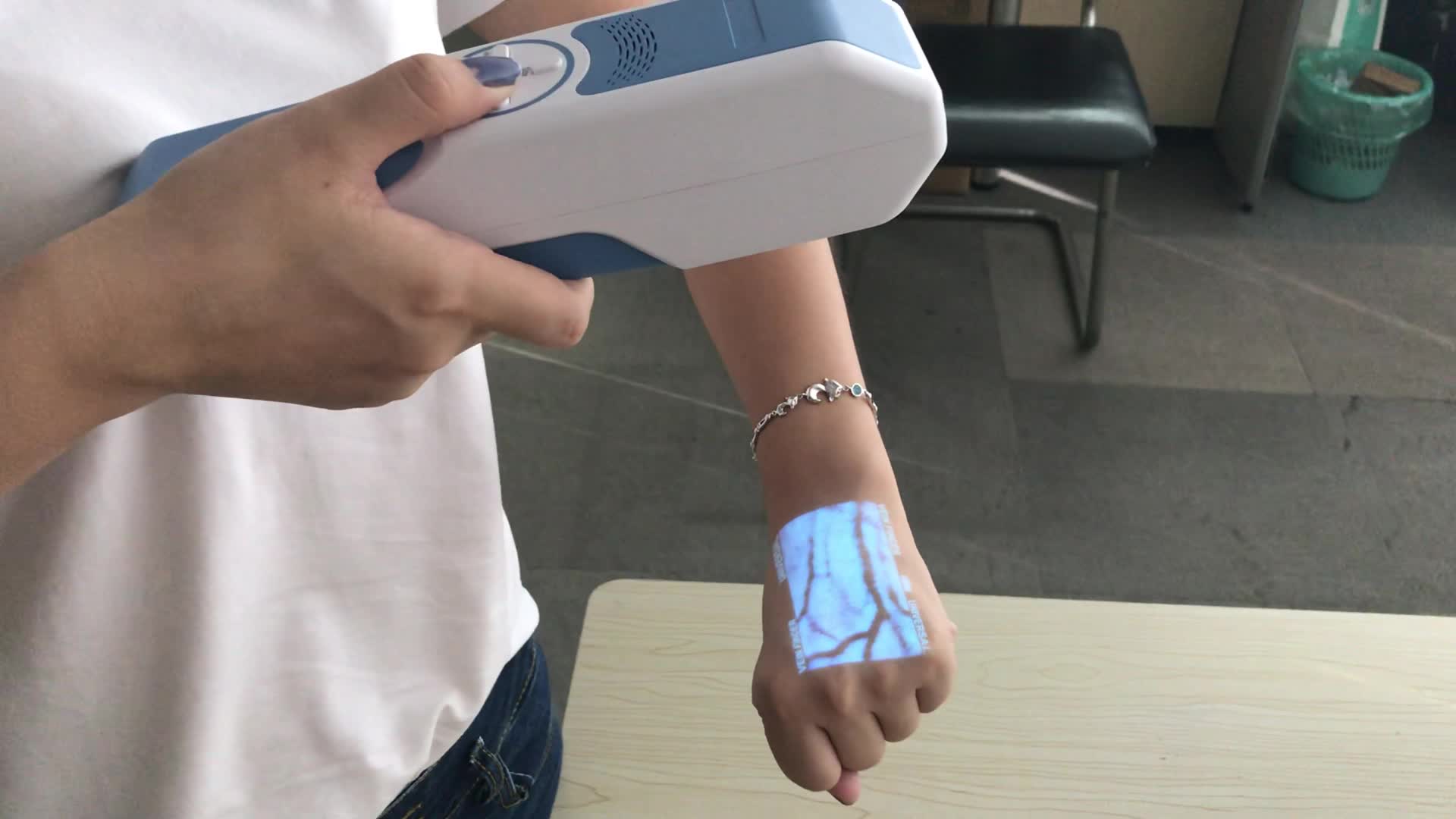Improving Medical Practices with Vein Finder Technology in 2024

The medical field constantly evolves, driven by technological innovations that improve patient care and outcomes. One such breakthrough is vein finder technology, a tool that has significantly advanced over the past few years. As we step into 2024, the integration of vein finders into medical practices is proving to be a game-changer, enhancing both the efficiency and safety of various procedures. This blog post explores how vein finder technology is transforming healthcare, its benefits, and its future potential.
What is Vein Finder Technology?
Vein finder technology employs infrared light to illuminate veins beneath the skin. The hemoglobin in the blood absorbs the infrared light, making the veins visible on the device’s screen or projected onto the skin. This technology allows healthcare professionals to locate veins more easily and accurately, which is particularly beneficial for procedures like intravenous (IV) insertions, blood draws, and administering medications.
The Evolution of Vein Finder Technology
Initially, vein finders were bulky, expensive, and primarily used in specialized medical settings. However, advancements in technology have made these devices more compact, affordable, and user-friendly. Modern vein finders are portable, often handheld, and come with high-resolution imaging capabilities. Some devices even integrate augmented reality (AR) to project the vein map directly onto the patient’s skin, providing a precise guide for needle insertion.
Benefits of Vein Finder Technology
1. Improved Patient Comfort and Satisfaction
One of the most significant benefits of vein finder technology is the reduction in patient discomfort. Traditional methods of locating veins can be painful and stressful, especially for patients with hard-to-find veins, such as the elderly, obese, or children. Vein finders minimize the need for multiple needle sticks, leading to a more comfortable and less traumatic experience for patients.
2. Increased Accuracy and Efficiency
Vein finders enhance the accuracy of needle insertions, reducing the likelihood of complications such as hematomas, phlebitis, and infiltration. This accuracy translates to increased efficiency in medical procedures, allowing healthcare providers to perform tasks more quickly and with greater confidence.
3. Enhanced Safety
By providing a clear view of the vascular structure, vein finders help prevent accidental punctures of arteries or other critical structures. This safety aspect is particularly crucial in emergency settings where quick and accurate IV access is vital.
4. Cost-Effectiveness
Though there is an initial investment in acquiring vein finder devices, the long-term cost savings are substantial. Fewer complications, reduced need for multiple attempts, and shorter procedure times lead to overall lower healthcare costs. Moreover, increased efficiency allows medical staff to attend to more patients in less time.
5. Training and Education
Vein finders are invaluable tools for training new healthcare professionals. Medical students and trainees can learn venipuncture techniques with real-time visual guidance, improving their skills and confidence.
Applications in Medical Practice
1. Emergency Medicine
In emergency medicine, time is of the essence. Vein finders allow for rapid and accurate IV access, which is critical for administering life-saving medications and fluids.
2. Pediatrics
Children often have smaller and more challenging veins. Vein finders make it easier to perform blood draws and IV insertions in pediatric patients, reducing their anxiety and discomfort.
3. Oncology
Cancer patients undergoing chemotherapy often require frequent venous access. Vein finders help in locating veins that may be scarred or difficult to find due to repeated treatments.
4. Geriatrics
Elderly patients often have fragile veins that are difficult to locate. Vein finders improve the success rate of venipuncture in geriatric patients, reducing the risk of vein damage and associated complications.
The Future of Vein Finder Technology
The future of vein finder technology looks promising, with ongoing research and development aimed at further enhancing its capabilities. Potential advancements include:
- Artificial Intelligence (AI): Integrating AI to provide real-time feedback and predictive analytics for even more accurate venipuncture.
- Wireless Connectivity: Enabling data sharing and integration with electronic health records (EHR) for streamlined workflow and documentation.
- Wearable Devices: Developing wearable vein finders that can continuously monitor venous health and alert healthcare providers to potential issues.
Conclusion
Vein finder technology is revolutionizing medical practices by improving the accuracy, efficiency, and safety of venous access procedures. As this technology continues to evolve, it holds the potential to further enhance patient care and outcomes across various medical fields. In 2024, embracing vein finder technology is not just a trend but a crucial step towards more effective and compassionate healthcare.






